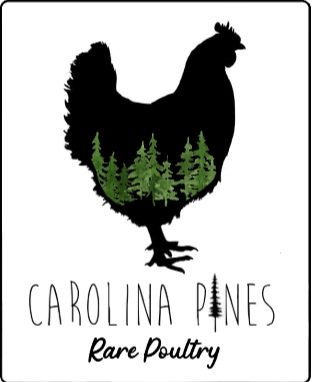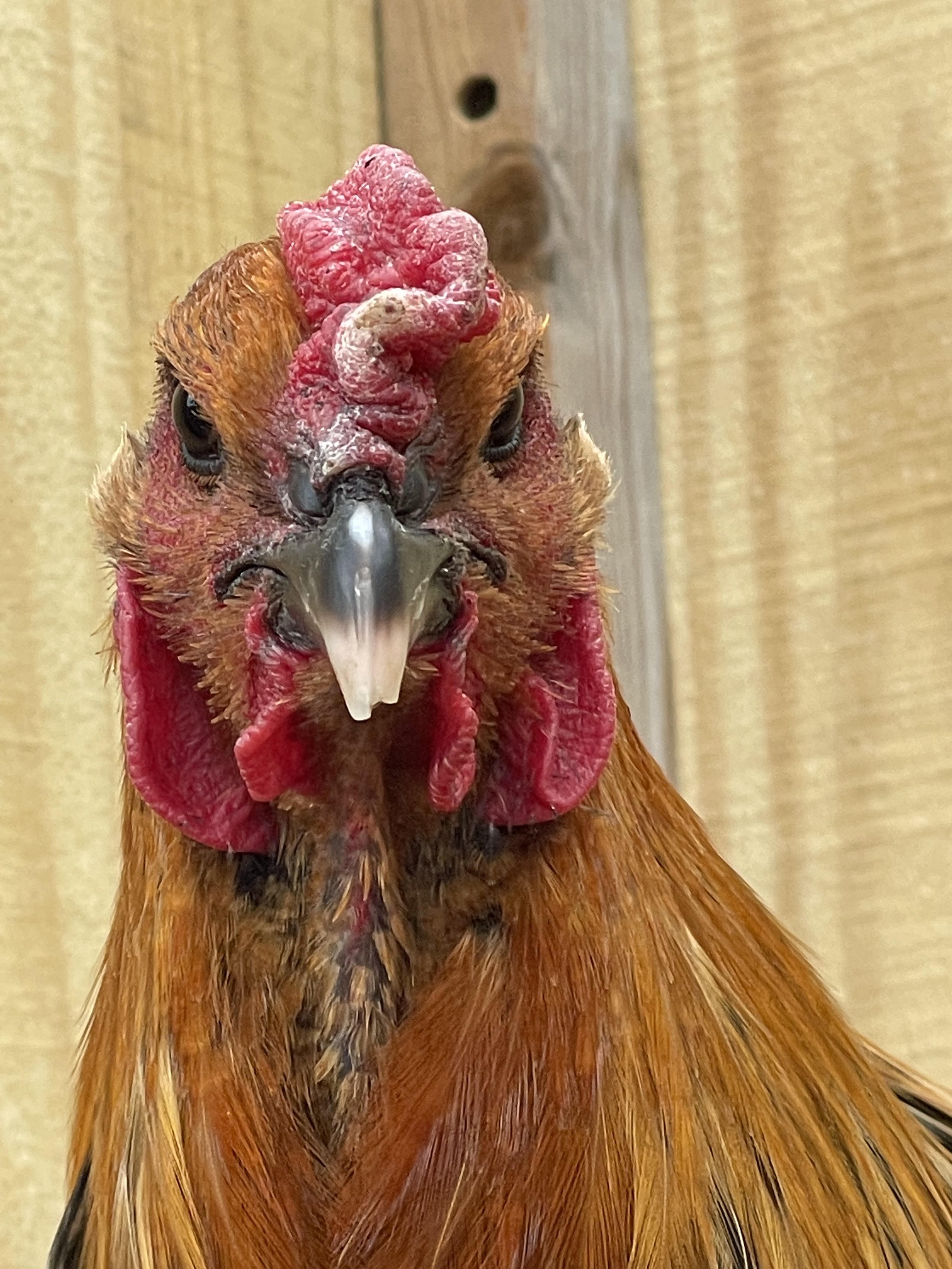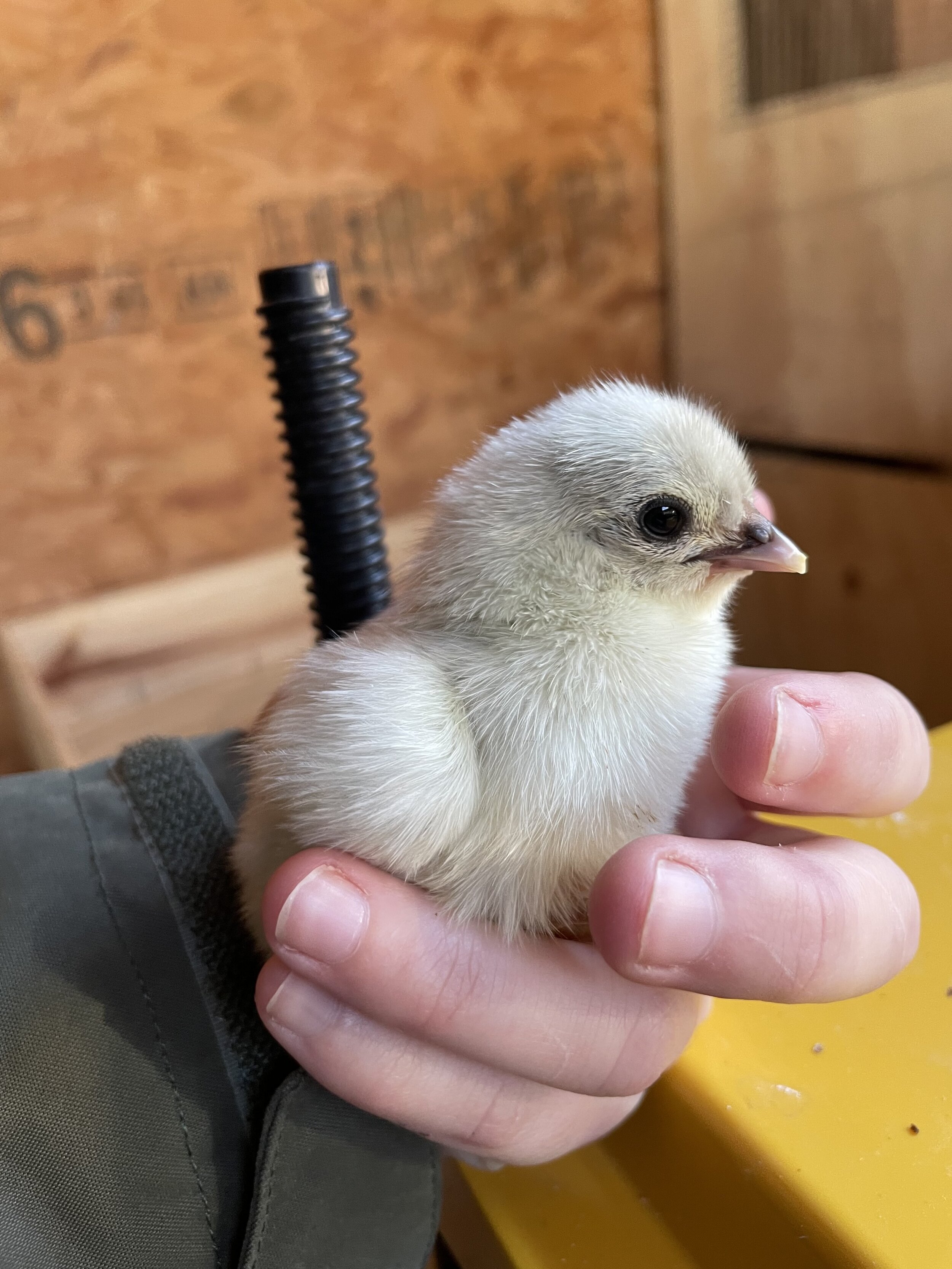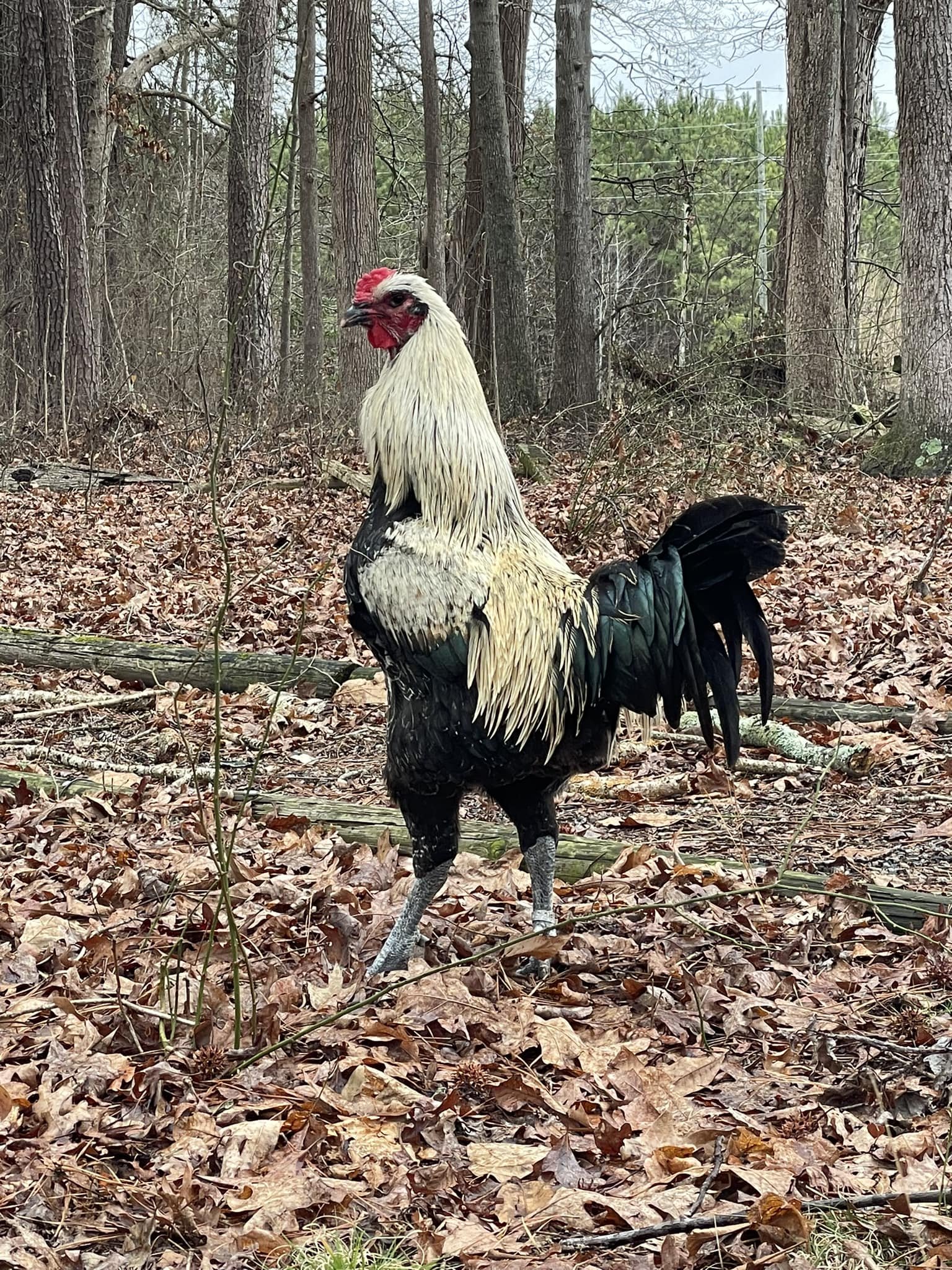Liege Fighter
About the Breed
The Chuck Norris of chickens. It’s no surprise why the Liege Fighter is dubbed the “hawk killer” - this giant game bird is nearly 30 inches tall and can weight up to 12lbs with feet the size of a turkeys and huge spurs. They stand tall, upright, and with an imposing gait. Their fierce gaze, detailed eyes, and prominent brow give a sense of their personality. From day one, they act different than any other chicken we have raised. Confident. Calm. Like caring for baby raptors. And if you thought it couldn’t get any better, this chicken is surprisingly easy to handle, friendly towards humans, and gentle with kids. If you’re looking for a stunning and fearless flock protector, look no further than the Liege Fighter.
The Liege lay white tinted eggs, and we get about 5 large eggs a week from each of our hens. The hens are a bit smaller than the roosters, and they seldom go broody. They are relatively hardy but need a well-insulated, dry area in places with a harsh winter. Due to the size of these birds, keepers should allocate more space for them in coops and on roosting bars, as well as placing roosting bars low to prevent leg injuries from hopping down - they are dense, heavy birds!
Breed History
The Liege Fighter, or Luikse Vechter is a kind of Belgian game bird that originated in Western Europe, named after the city of Liege. Belgian and Asian game fowl were selectively bred together to ultimately create this one of a kind breed. It’s also speculated that the Malay and Aseel was used to strengthen the Liege in its early years of development. While they were originally bred to fight and dominate in the cockfighting pit, they were also valued as a meaty supper when needed. Only three Belgian game fowl remain, including the Bruges and the Tirlemont.
While there is limited information on the history of the Liege Fighter, I’ve found this article to be both informative and fascinating.
“Fortunately this is all in the past, because one had to have a heart of stone to participate in the sport.” ”
We are working hard to improve our line of Liege Fighters. Our focus is heavily on preserving the original Belgian breed standard as best as possible with the limited stock available in the United States.
Hancock
ED-E, our new young cockerel from the same lineage as Hancock, joins our farm in December 2022 in an effort to continue improving the breed.
United States Liege vs. European Liege
There is only one known legal importer of this wonderful breed in the states - meaning that the availability and diversity of these birds is very limited, and unfortunately, the quality of what was imported was not good. Because of this, the overall quality of the Liege Fighter in the United States is significantly less than that of the breed in Belgium and much of Europe. This poses a challenge for breeders here when it comes to breeding towards the standard of perfection - we just don’t have what is required to produce the same quality.
One difference is limited color options. Over 17 color varieties are accepted in the Belgian standard, and we are missing quite a few in the U.S. Base colors include blue, black, and splash. The color leakage on the adult bird will determine is official color variety. Any leakage on the chest will deem them a “birchen”. Lack of chest leakage, and coloring only on the neck and back will be “neck” (either silver neck or gold neck). The base color is simply stated in the beginning. So a blue rooster with silver hackles, but no silver on his chest would be “Blue Silver Neck”, yet one with silver chest leakage would be “Blue Silver Birchen or Silver Birchen” instead. See the diagram below for examples and details on plumage.
Some other noteworthy differences include smaller combs and waddles, more prominent brow, and a taller, improved type and gait (especially in hens) in Belgian/European lines. Despite these challenges, we and many other breeders passionate about the Liege are breeding as close to the Belgian SOP as possible, given our limited resources.
Offspring Comparison: Hancock vs. Kellogg
Hancock & ED-E are roosters who came from a well-known breeder of Liege Fighter in Europe. His birds place well in show and fit the SOP. His offspring are an extremely exciting addition to our farm that will aide us in improving the Liege breed in the United States like not possible before.
Two of Hancocks offpsring - even at a young age, they are set apart from any of our American lineage Liege Fighters.
















